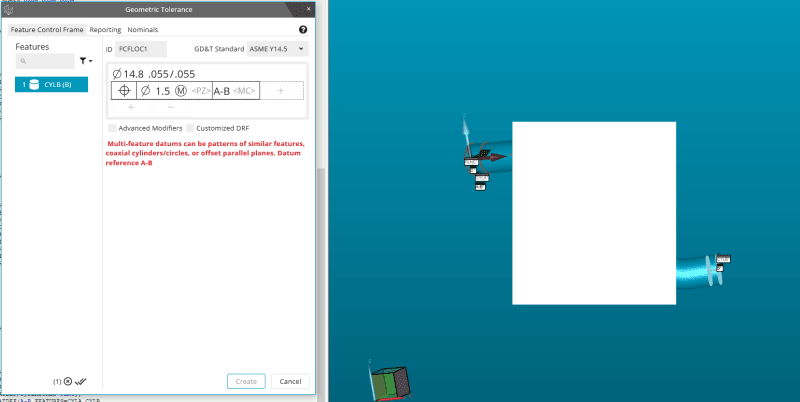John-FR
Computer
- Dec 16, 2020
- 13
This scheme was already in use. I have another person who says you cannot do this to a tube with multiple 3D bends, because it is supposed
to be used with a single axis (no bends) type of part. Could I get some input?
to be used with a single axis (no bends) type of part. Could I get some input?


